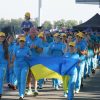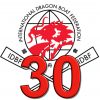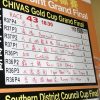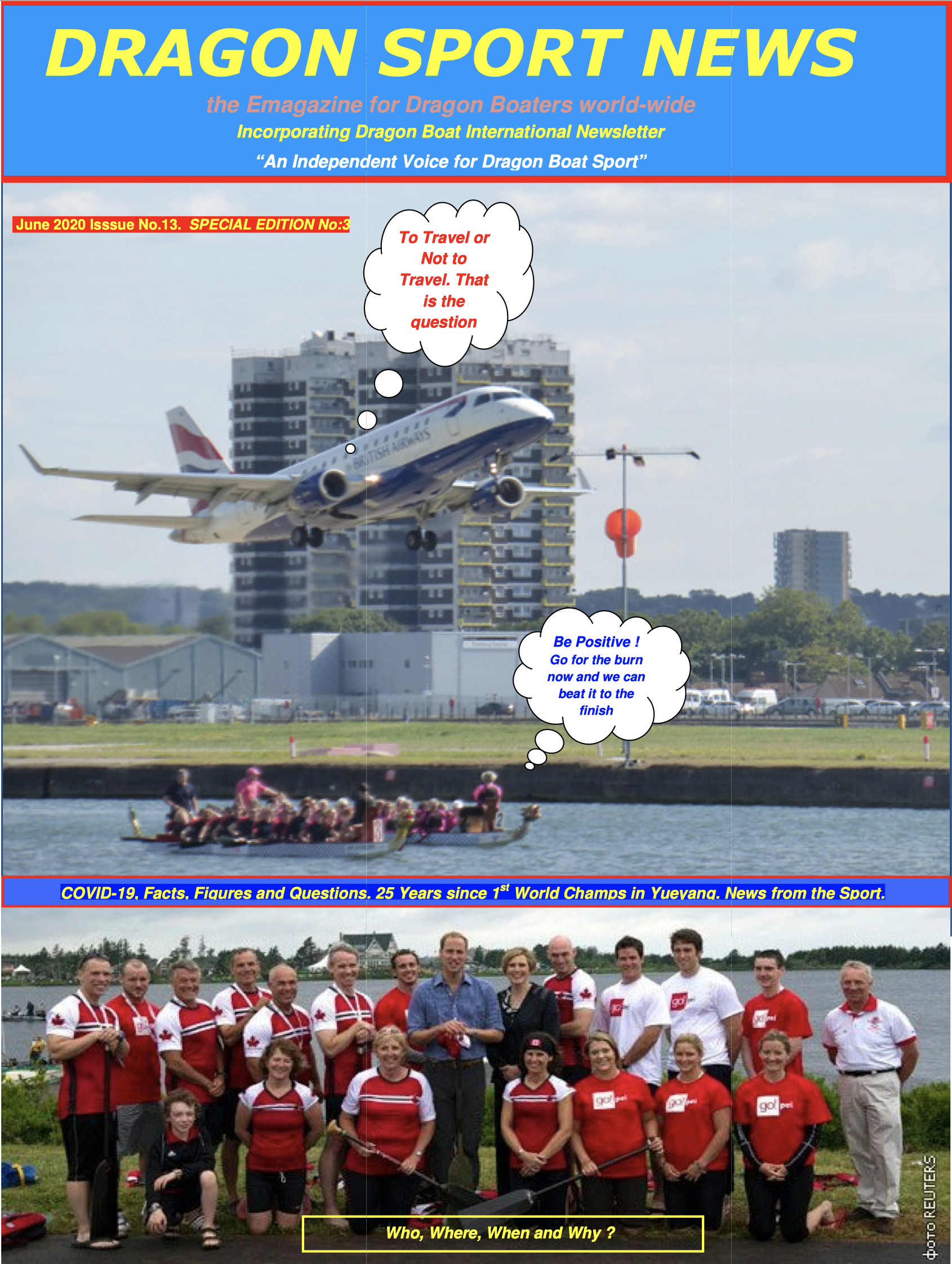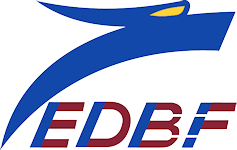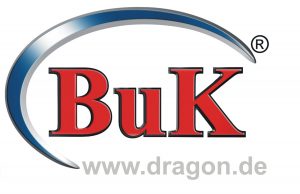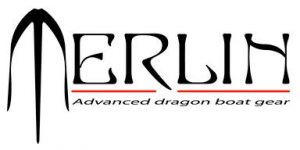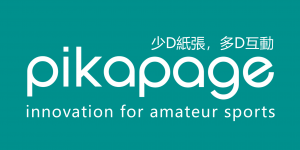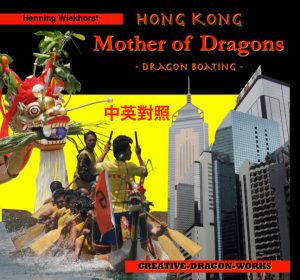In 1976, the Hong Kong Tourist Association (HKTA), together with the Association of Hong Kong Fishermen, recognised the drawing power of the sport and organised the first international race in Hong Kong.

Soon, overseas Chinese had taken the races back to Singapore and Malaysia, then Japan, Australia and Canada. Enthused expats who learned to race in Hong Kong also exported the discipline when they left.
In 1980, the HKTA sent three dragon boats to London to help promote Hong Kong and its culture. They made their debut at the Chinese festival on the River Thames.

The event helped to awaken the non-Chinese world to the potential of dragon boat racing and spurred two Englishmen – one of them was Mike Haslam – to buy the three boats and to ask the International Canoe Federation (ICF) to help promote the sport.
The attempt was rebuffed. The canoeists decided dragon boating was too dissimilar to their sport and the ICF suggested it should be developed separately. That triggered the foundation of the British Dragon Boat Racing Association (BDA) in 1987, followed in 1990 by the European Dragon Boat Federation (EDBF).
By 1991, after close contact with organisers of the annual International Dragon Boat Races in Hong Kong, the International Dragon Boat Federation (IDBF) was born. The same year, the Asian Dragon Boat Federation (ADBF) was constituted and dragon boat racing was on its way to becoming a sport for all the world.

Nowadays, the IDBF includes or supports national associations in about 90 countries. Such popularity helped engender a change of heart among the canoeists, too. In 1999, the ICF decided it could help promote the rival sport and in 2005 it organised some races for the first time in such regions as Taiwan and Germany.

Dragon boats have come so far that there’s now a World Championship, held each time in a different country. Before 1991 the Hong Kong International Race was regarded as the “unofficial” World Championship. Races are a feature of the four-yearly East Asian Games, and some people say dragon boats are bound eventually for the Olympic Games.

However, the IDBF is still the guardian of the sport’s long history and traditions, and remains its champion in the face of some modern demands for change. The IDBF has raised its child to honour and respect the customs that gave birth to it.
Still, from a 2300-year-old Chinese tradition that arose from the desire to honour Qu Yuan, dragon boat racing centred itself in Hong Kong and spread its dragon wings out into the world. As the incubator of modern racing, Hong Kong can truly be called the “Mother of Dragons”.
Text and photos by Henning Wiekhorst

